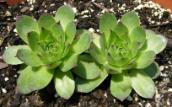Translate This Page
Above is a green home (the Eco Nest) made from Natural Building practices: mud bricks, which are composed of cob and clay. We installed a green roofing system with metal roof and gutter that directs the roof water to a storage tank (rainwater catchment). We took great pride installing the best green roof for the application. We are proud to have been part of the sustainable housing project.
The location of this green building is at OUR ECO Village in Shawnigan Lake, BC about 20 KM north of Victoria BC.
If interested in learning about the sustainable building practices and water retention systems and opportunities at O.U.R EcoVillage, we encourage you to visit their informative website to learn more..
Below is also a good example of a green roof, made from reclaimed car tires. This product is called Euroshake Lite, in brown Cedar Shake style. More and more people are choosing these styles of roofing systems to replace old cedar shake roofs as well as asphalt. The house shown was a cedar shake roof. These roofs are becoming very popular in the Cowichan Valley and Victoria areas. The life of these products is far more superior than the conventional shingles used on the majority of homes in the past and present. The initial cost is higher, however the long term results are worth every penny. We are your green roof contractor and would be happy to assist in choosing the perfect eco friendlyroofing system style and color for your home.
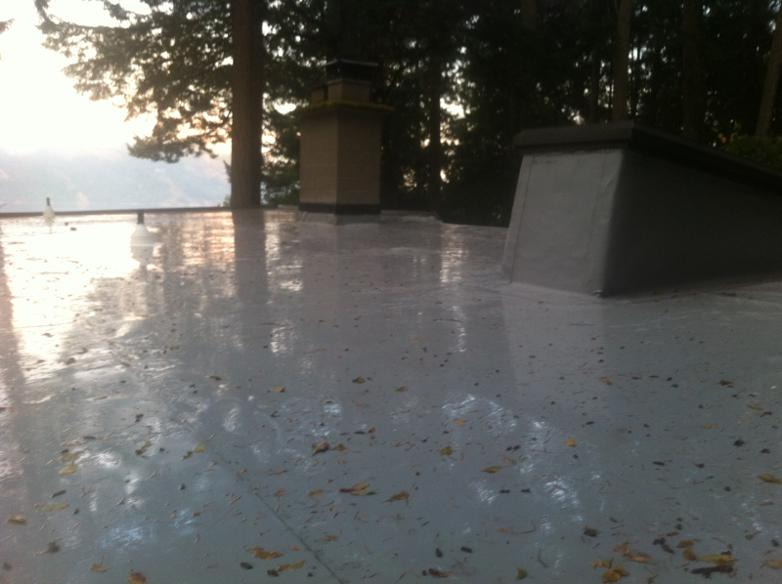
Above is a TPO roof, TPO Roofing is the base for roof top gardens, we have installed a number of TPO roofs in the Duncan and Victoria areas. TPO is a great product it is light weight yet very durable. TPO is the modern roofing system for new residential and commercial roofs. Also, commonly used to replace expired torch on and tar and gravel flat roofs. It does not require the use of torches or hot tar, therefore it is a much safer installation and the risk of a fire during install is gone. TPO is also a safe roofing product for the environment. It does not leech petro chemicals into the streams and lakes. It is a good option for rainwater retention systems.
Above is a picture of reclaimed roofing. In 2007 we moved away from roll off bins. We bought our first dumping trailer. The benefits to the company and customers were tenfold. To start with, the constant damage to customer’s driveways was no longer a concern, as roll off bins tend to scrape the cement more often than not. In Colwood, BC we had a real problem, bin contractor cracked the driveway of course getting them to pay wasn't happening. This is one of those tipping point moments, as we vowed to end this problem for good. I think the first load of cedar bothered me as it felt wrong to dump cedar into a landfill. I thought "maybe we could put this cedar though a wood chipper, but the nails would wreck the blades” We did find people that wanted it for kindling and this was better than sending it to a landfill. We later found people who would take the time to split it and bundle it for fire starter. We gave a number loads to the Easter seal camp in Shawnigan Lake, they used it for fire starter. But the above is the best outcome ever. The great folks at O.U.R. Eco Village in Shawnigan Lake, BC have reclaimed about 97% of a 4,000 square foot roof from Duncan, BC and they totally reclaimed the roofing and the nails. I am really happy to be part of this. I was asked by a bin contractor that felt in his view that we were ruining the garbage industry, he felt we were wrong for making a profit from this. We don’t see it this way at all, if business can benefit the environment and make a profit why isn’t everyone.
PW McCallum is committed to the environment and the installation of green roofing systems, we have been committed to the use of PVC or rubber plumping flashing. Contemporary roof flashing are lead, rain water leaches off the lead, allowing it to enter into the environment. The harmful effects are well documented on fish stocks. We are committed to roof top gardens that reduce heat-island effect, and lowers heating and cooling dependency on fossil fuels. The benefits of a green roof are numerous, they create fresh air and wildlife habitat.
Benefits of a roof top garden:
Roof tops are very sunny locations, there is no need for deer fencing, devices and gimmicks. Having the roofing membrane covered prevents UV and weather damage and extends the service life of the product. They serve as added square footage space that would other wise go unused, adding value to your home or business. Plants produce oxygen and remove carbon dioxide from the air enhancing air quality.
The initial cost of a rooftop garden can be expensive, but the benefits are rewarding: Tax incentives for commercial applications. And higher resale value for both residential and commercial customers. As the “go green” trend continues to become more popular, buildings that are already equipped with roof top gardens have been attractive to the environmentally friendly buyer.
Planting choices when designing a Green Roof
Bent Grass
Bentgrass has a shallow root system that is thick and condensed allowing it to be seeded and grow rather easily, and it has a nice, deep green appearance. The name “bent” refers to the shallow roots, which bend just below the surface of the soil to propagate laterally. Seeds will germinate best when soil temperature is above 18°C and can bear up to temperatures up to 30°C. Keep the soil moist throughout the seed germination process which usually takes 10-14 days. Watering it twice a day for about 5-10 minutes should be good for your grass. It also grows best in cool, moist tamperatures. South Island Victoria, Duncan, Nanaimo, BC
|
Climate |
Peat |
Sand |
Soil |
Pumice |
Bark |
S. Organic |
|
alpine |
6 |
0 |
0 |
1 |
0 |
1 |
|
continental |
5 |
0 |
0 |
2 |
0 |
1 |
|
mediterranean |
4 |
0 |
0 |
3 |
0 |
1 |
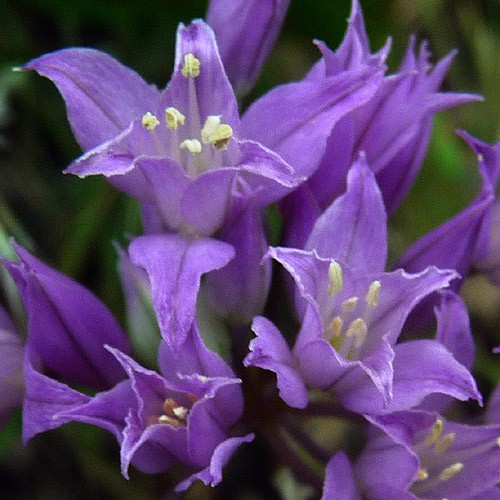
Hooker's Onion
Hooker’s onion is said to repel insects and moles. The bulbs can be rubbed on the skin to repel insects. It grows best in dry and sunny weather with some shade; its bulbs are small and smell like onions. The flowers pink to purple parchment-like and stand erect on a long stem, which appear after the leaves have died. The first signs of life appear in early February as the leaf tips come out and it blooms from May to July. It grows well in hot, dry temperatures yet can handle temperatures a few degrees below zero. The soil must be left dry for a few days between watering, if the soil remains damp to long, it can cause rot in the bulbs.South Island Victoria, Duncan, Nanaimo, BC
|
Climate |
Peat |
Sand |
Soil |
Pumice |
Bark |
S. Organic |
|
alpine |
5 |
0 |
4 |
0 |
0 |
1 |
|
continental |
4 |
0 |
4 |
0 |
0 |
1 |
|
mediterranean |
3 |
0 |
4 |
0 |
0 |
1 |
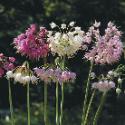
Nodding onion
The Nodding onion blooms in July or August, it has a slender cone-shaped bulb which gradually tapers directly in several keeled grass-like leaves. Every ready bulb bears a single flowering stem, grows in a downward hanging umbel of white or pink flowers. It grows in dry woods or rockeries but also tolerates the shade. The root system consists of a bulb that is longer than it is wide and needs well-drained soil, moisture in soil can cause bulb rot. It grows best in warmer temperatures up to about 33°C and doesn’t like the cold. South Island Victoria, Duncan, Nanaimo, BC
|
Climate |
Peat |
Sand |
Soil |
Pumice |
Bark |
S. Organic |
|
alpine |
5 |
0 |
4 |
0 |
0 |
1 |
|
continental |
4 |
0 |
4 |
0 |
0 |
1 |
|
mediterranean |
3 |
0 |
4 |
0 |
0 |
1 |
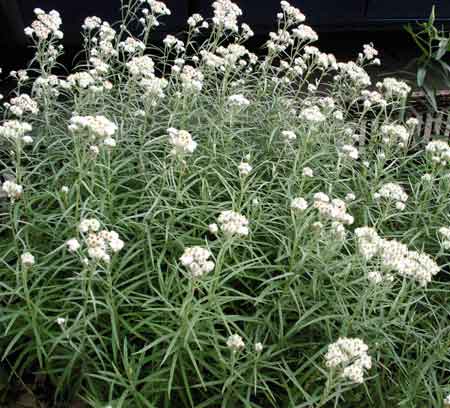
Pearly Everlasting
The Pearly everlasting has a unique look and tolerance for poor, dry soil yet grows best in full sun and moist but well drained soil, while they are activity growing you want to make sure the soil is moist for best performance. The plant also can grow in sandy soils for better drainage. It can grow to up to nearly a meter tall and can eventually bush out equally as wide, this plant can live in temperatures as high as 27°C. The Pearly everlasting gets its name from 2 things, Everlasting refers to the fact that the flowers are can be trimmed, hung upside down and dry very easily and Pearly is from the plants species name, margaritacea which mean “pearl-like”. South Island Victoria, Duncan, Nanaimo, BC
|
Climate |
Peat |
Sand |
Soil |
Pumice |
Bark |
S. Organic |
|
alpine |
5 |
1 |
4 |
0 |
0 |
1 |
|
continental |
4 |
2 |
4 |
0 |
0 |
1 |
|
mediterranean |
3 |
3 |
4 |
0 |
0 |
1 |
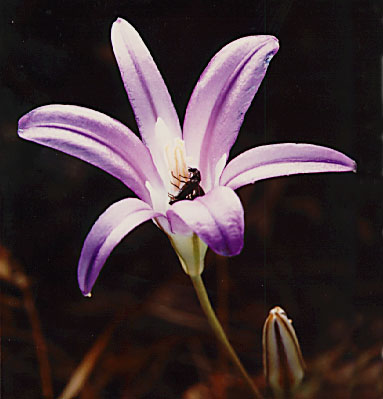
Harvest bridiaea
The Harvest bridiaea grows in fall with full sun, they should be planted 2-4 inches apart and 4 inches deep. Well-drained soil that is loose and light will produce bigger plants, if it rains regularly it’s not necessary to water the area, keep the soil slightly damp, if given to much water it will rot. This plant must be protected from small or large animals, insects, and birds, once the leaves have turned yellow and dried up, stop watering, allow them to summer bake and it should be well established after one year. It’s not suitable for warm winters because the bulbs need a cold rest period each year and even know they need at least a couple hours a day of sun light this plant can bear a couple degrees below zero. South Island Victoria, Duncan, Nanaimo, BC
|
Climate |
Peat |
Sand |
Soil |
Pumice |
Bark |
S. Organic |
|
alpine |
6 |
0 |
0 |
1 |
0 |
1 |
|
continental |
5 |
0 |
0 |
2 |
0 |
1 |
|
mediterranean |
4 |
0 |
0 |
3 |
0 |
1 |
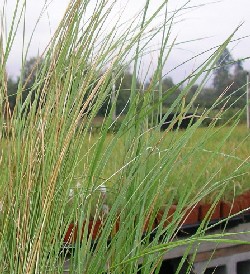
Slimstem Reedgrass
The slimstem reedgrass gives origin to a bush with a rounded form. The plant ss medium in size; in spring, summer, autumn, winter and it a green white color. These are evergreen plants, which means they keep their leaves year round. To protect this plant from the harsh minimum temperatures, cover soil in dry leaves or straw. For watering these, the soil should stay dry for a few days before watering again, and a mild and damp climate can cause disease in the plant. It should be planted somewhere it can get sunlight for a few hours a day, and blooms in late spring. It also has a low tolerance against drought and the greatest blooming period is usually in late spring. South Island Victoria, Duncan, Nanaimo, BC
|
Climate |
Peat |
Sand |
Soil |
Pumice |
Bark |
S. Organic |
|
alpine |
6 |
0 |
0 |
1 |
0 |
1 |
|
continental |
5 |
0 |
0 |
2 |
0 |
1 |
|
mediterranean |
4 |
0 |
0 |
3 |
0 |
1 |
Great Camas
Great Camas should have a good watering often. It is best to plant this purple flower in the fall or early winter, the Camas prefer moist soil and needs 42-80 days of temperatures 1-4°C in damp soil for best germination. Soil temperatures should be below 15°C, the seeds are very sensitive to warm temperatures and could the seeds could possibly take 3 years to bloom, but if planting bulbs look for bloom in the following spring, the leaves grow up to 60cm long and 2.5cm wide and stems are up to 120cm long, leafless, and branchless. South Island Victoria, Duncan, Nanaimo, BC
|
Climate |
Peat |
Sand |
Soil |
Pumice |
Bark |
S. Organic |
|
alpine |
5 |
0 |
3 |
1 |
0 |
1 |
|
continental |
4 |
0 |
3 |
2 |
0 |
1 |
|
mediterranean |
3 |
0 |
3 |
3 |
0 |
1 |
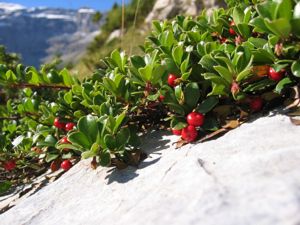
Kinnickinnick
Kinnikinnick is a native ground cover that is known as a perennial shrub and has most active growing in the spring and summer. This trailing shrub grows best in sandy, well-drained, warm areas yet doesn’t fear cold weather meaning it can be planted in the garden all year round. It doesn’t need to be watered excessively so the soil should be left dry for several days in between watering, it’s unnecessary to water once plant gets older unless the climate is really dry. It will not grow if not well-drained so sandy, coarse soils, rockeries, and forest beds are best suitable for the bright green, ground-hugging, spoon-shaped Kinnikinnick with its evergreen leaves, urn-shaped flowers in spring, and its red berries in the fall that provide for bears, birds, and other wild animals after all the other berries are gone. South Island Victoria, Duncan, Nanaimo, BC
|
Climate |
Peat |
Sand |
Soil |
Pumice |
Bark |
S. Organic |
|
alpine |
4 |
0 |
2 |
1 |
0 |
1 |
|
continental |
3 |
0 |
2 |
2 |
0 |
1 |
|
mediterranean |
2 |
0 |
2 |
3 |
0 |
1 |

Sand Dune Sedge
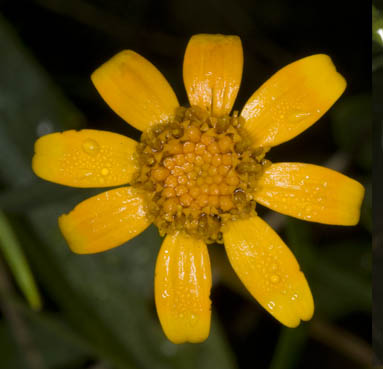
Wooly Sunflower
Wooly Sunflower is yellow in the summer and very small, it grows from 30-60cm in heights, it doesn’t keep its leaves /in the winter and tends to widen very much. It’s not necessary to excessively therefore it needs to be watered a few days after soil is dry. It can be grown well in rock gardens, along pathways, and in perennial boarders, and likes warm weather yet can bear freezing but not to intense ones. The Wooly Sunflower blooms May through July and will spread rapidly in any surrounding open area. The stems and leaves have little white hairs on them, and has golden yellow flowers that are 1.5-2.5 inches wide. South Island Victoria, Duncan, Nanaimo, BC
|
Climate |
Peat |
Sand |
Soil |
Pumice |
Bark |
S. Organic |
|
alpine |
5 |
1 |
4 |
0 |
0 |
1 |
|
continental |
4 |
2 |
4 |
0 |
0 |
1 |
|
mediterranean |
3 |
3 |
4 |
0 |
0 |
1 |
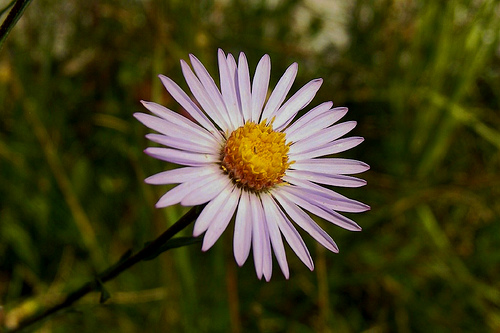
Douglas Aster
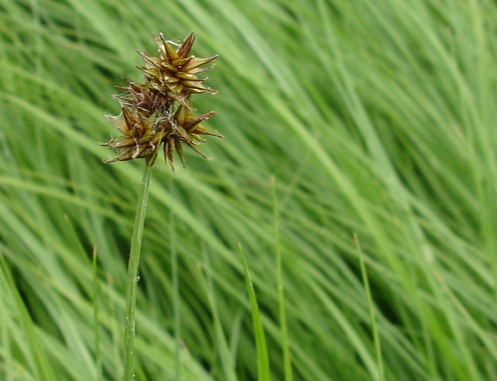
Dense sedge
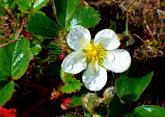
Coastal Strawberry
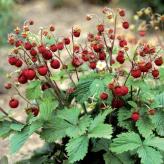
Woodland strewberry
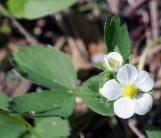
Broadpetal Strawberry
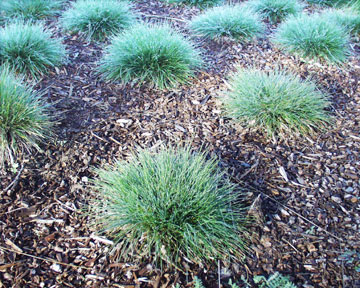
Idaho Fescue
Common Thrift
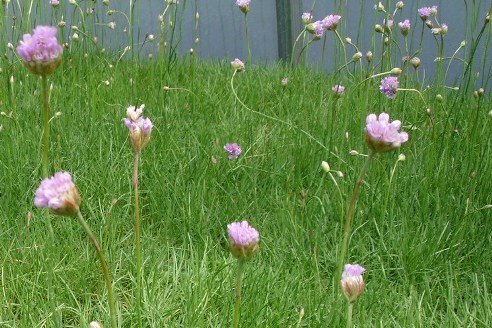
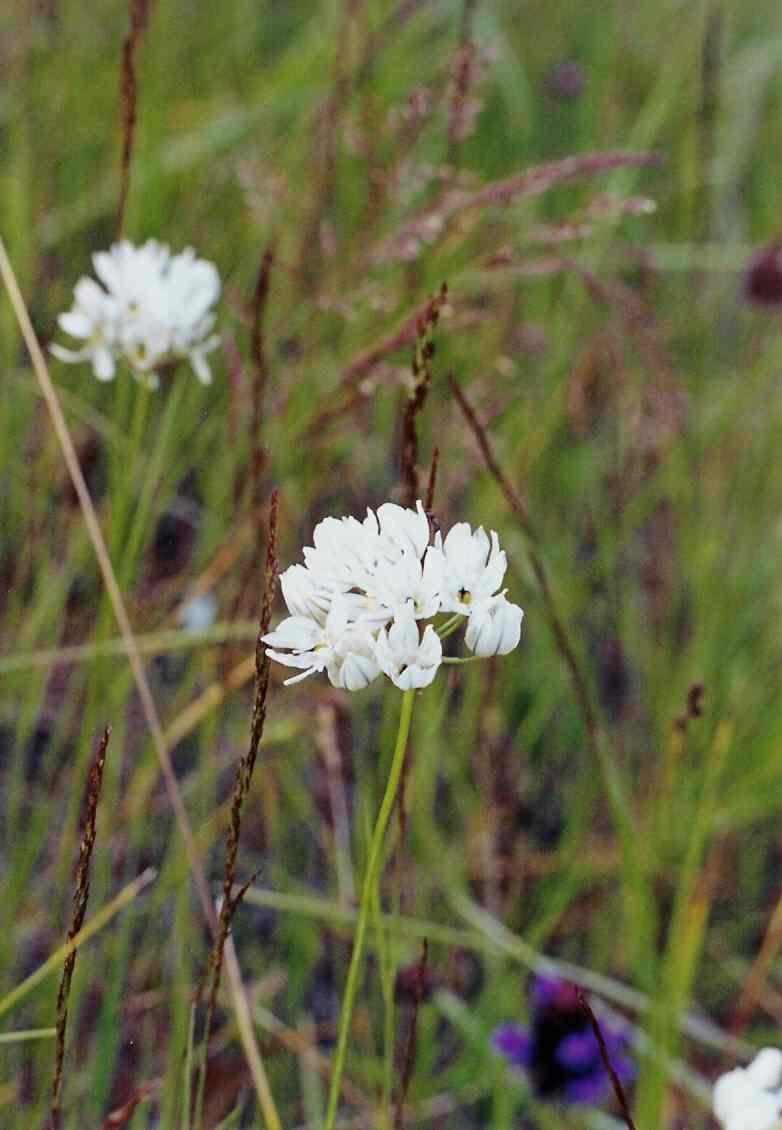
Fool's onion
Berkeley Sedge
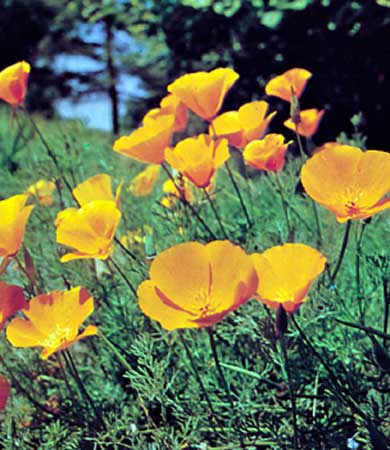
California Poppy
Elijah blue fescue
Wintergreen

Salal
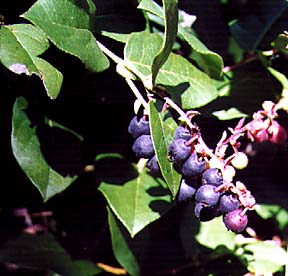
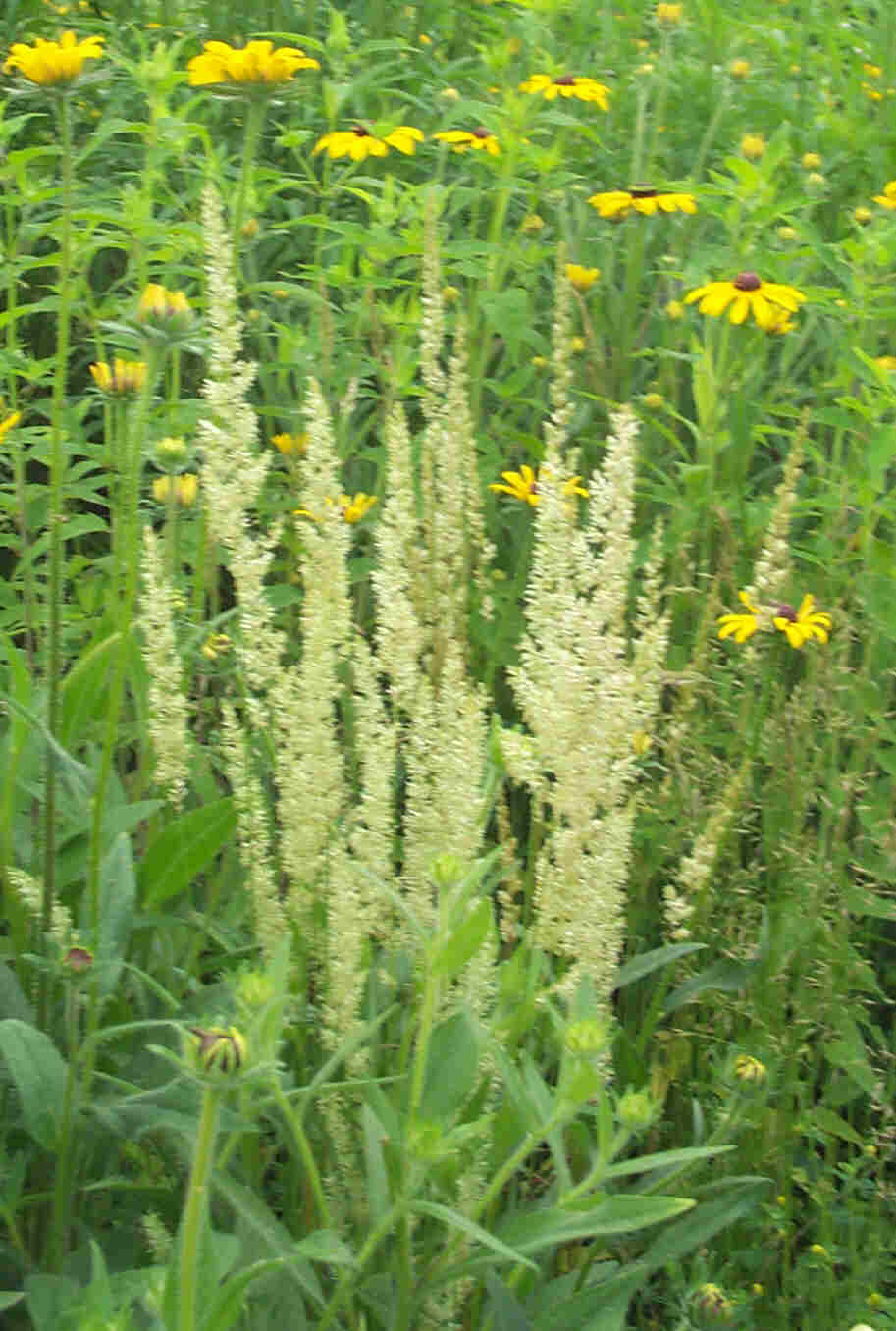
June grass
Tiger Lily
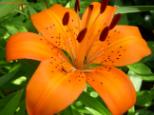
Licorice Fern
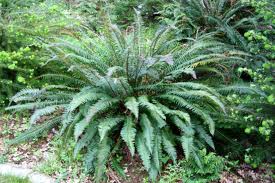
Sword Fern
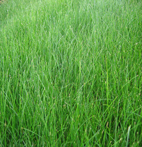
Quatro Sheeps fescue
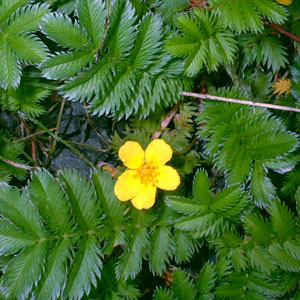
Silverweed
Aureum stonecrop
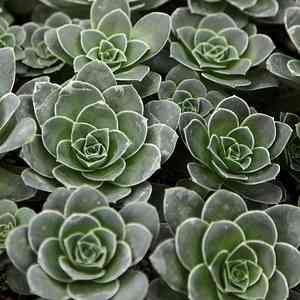
White stonecrop
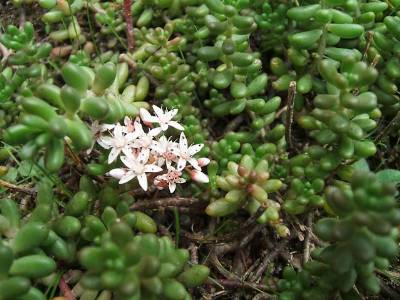
Coral carpet stonecrop
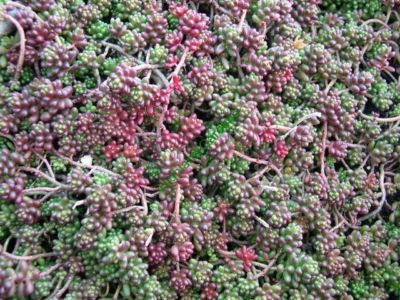
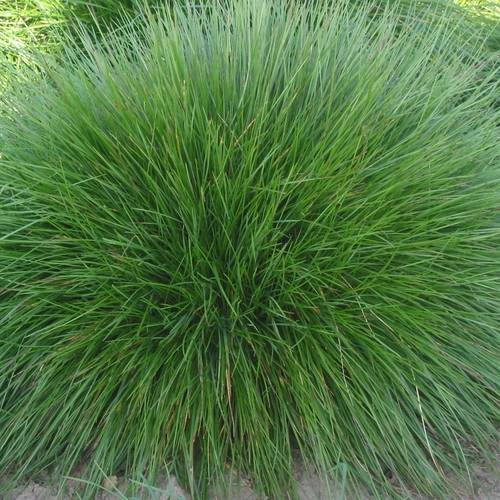
Red fesue
Cauticola stonecrop
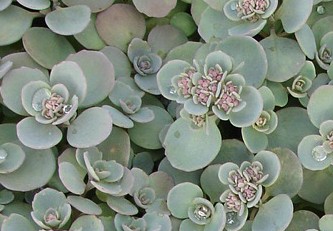
Dasphyllum stonecrop
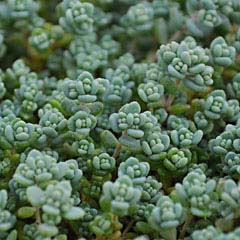
Spreading stonecrop
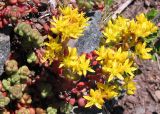
Weihstephaner gold stonecrop
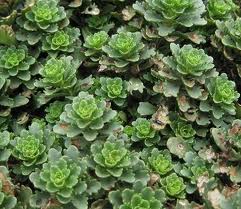
Forsterian stonecrop
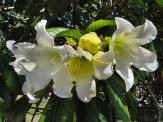
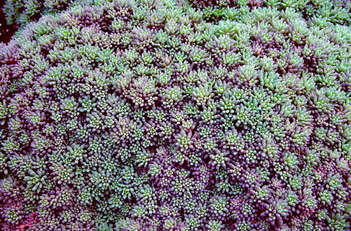
'Purple form' blue carpet stonecrop
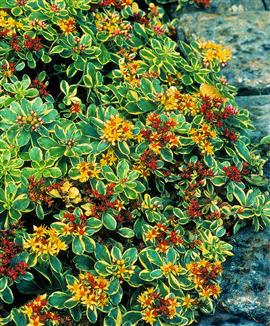
'Varieniegatum' Variegated stonecrop
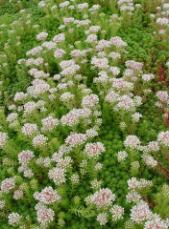
Lydium stonecrop
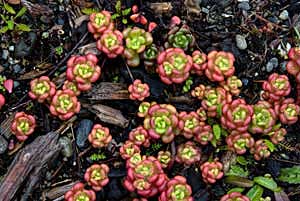
Oregon stonecrop
Blue lagood stonecrop
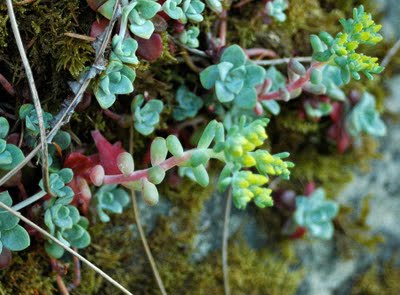
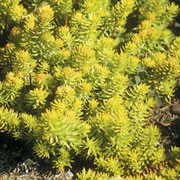
Angelina Stone stonecrop
Tasteless Stonecrop
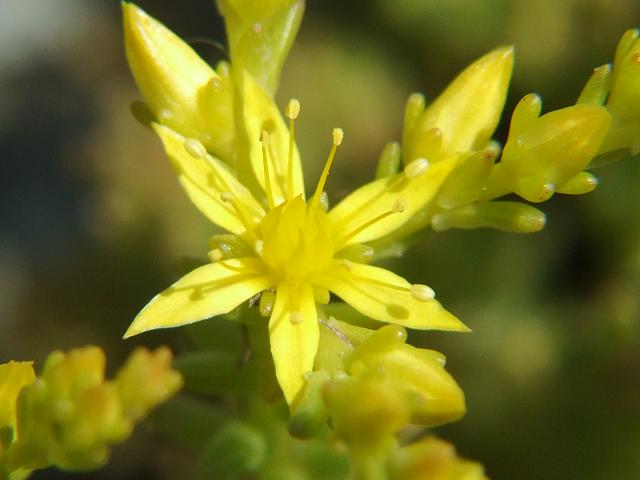
Sichoense stonecrop
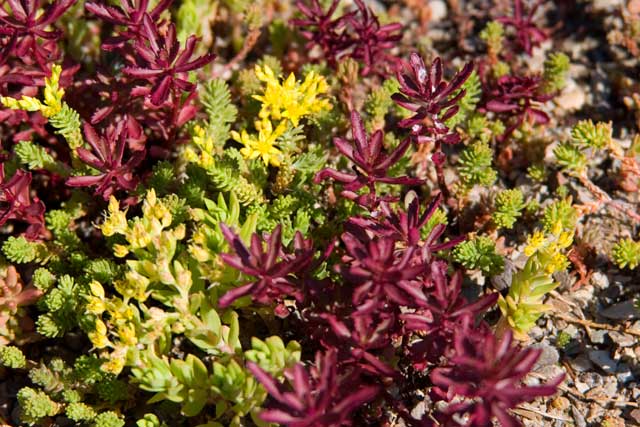
Broad leaved stonecrop
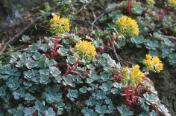
'Carnea' stonecrop
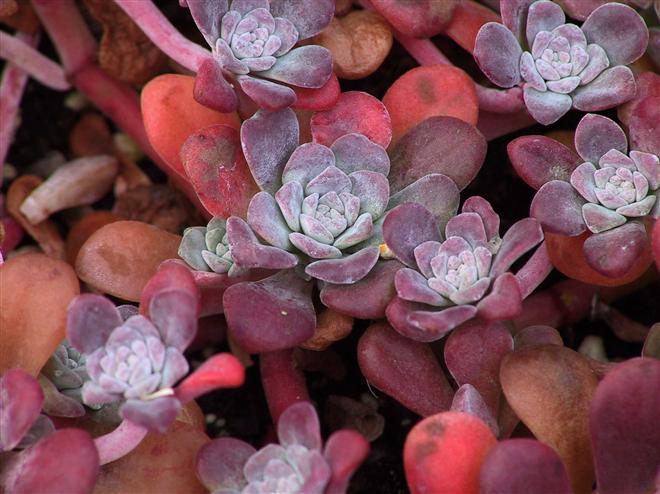
Cape blanco stonecrop
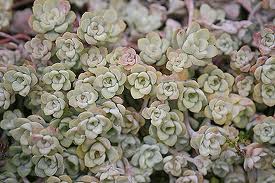
Two row stonecrop
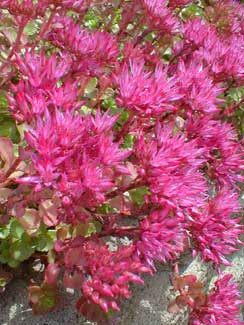
John creech stonecrop
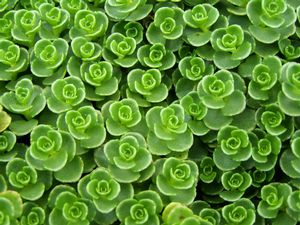
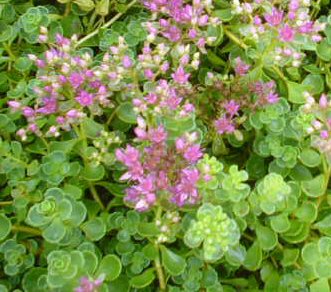
Royal pink stonecrop
Tricolor stonecrop
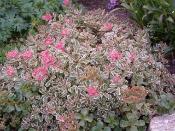
Voodoo stonecrop
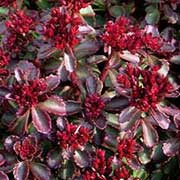
Narrow petaled stonecrop
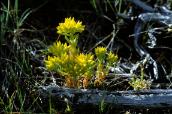
Hens and chicks
